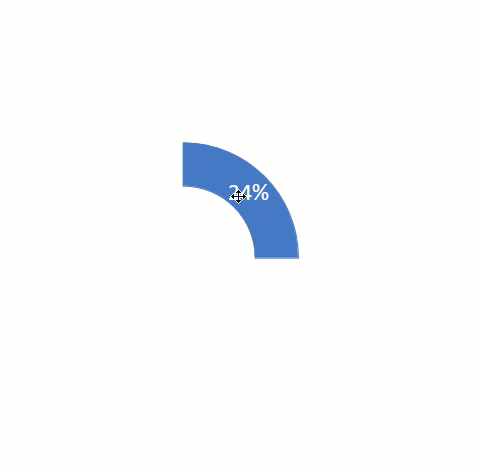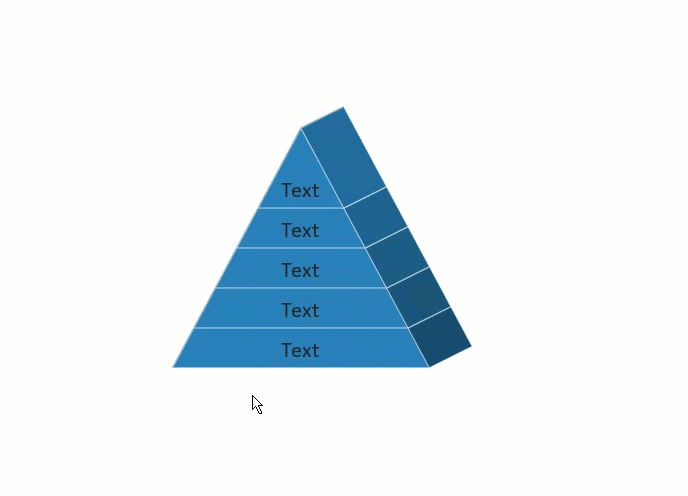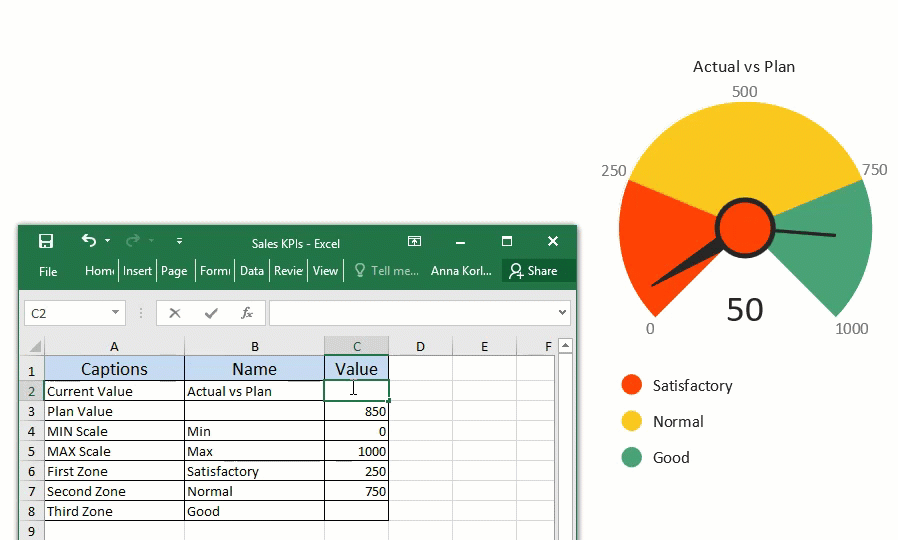The advantage of Live Objects technology is that with one click, a live object can be connected to a data source to give you an accurate overview of any dynamic in your organization. The types live objects include transforming, switching, and data driven objects. ConceptDraw DIAGRAM contains a rich library of these three types of live objects. Using these live objects, you can easily present the data visually.
Live object technology is very effective for communicating the state of any process or the condition of any workflow. The ability to rapidly and visually communicate these items makes live objects a very powerful tool for helping your organization function more efficiently.
For advanced users, live object technology provides a range of tools for custom development. You can create your own live objects of any type listed here, using the “Object Tables” and ConceptDraw Basic for “Object Scripts”. All live objects included in ConceptDraw DIAGRAM were built using these tools. This technology allows organizations and third parties to build custom solutions that connect to company data. Third party developers can build solutions for visualizing live data and provide customers with high value
Transforming Objects
Users are able to manipulate the handle to change the appearance of the transforming objects. A transforming object’s behavior is defined by the object’s developer. The complexity of transforming objects depends on how many handles are used to modify the visual appearance. Transforming objects can be very effective in situations where visual communication is important. For example, in the GUI application library you can find scrolling and editing objects that use this technology to show shapes and positions.

Switching Object
A switching object comes with its own menu button at the top right of the object, and this button allows you to use the switching menu to change the object’s appearance for different views or stages. For example, if you have a pyramid object, you can divide it by switching the number of slices. Another good example of how this technology can be used is the GUI application prototyping library. Here you can switch between object views, highlighting items,

Data Driven Objects
Visually, a data driven object appears as a switching or transforming object that is driven by external data and can change shape in connections with changes to the data. Data driven objects can obtain data from external data source such as a file, database, or the Internet.
Data driven objects can be used to indicate critical business status in your organization. Key performance indicators can be rapidly demonstrated through data driven objects. Tables of numbers that have no apparent meaning at first glance are rapidly translated into graphics that explain the data.
Organizations today do not have time or resources to extrapolate data and draw conclusions on an ongoing basis. Data driven objects do this immediately and effectively communicate status company-wide, keeping all employees informed on company successes.

